
美国景观建筑师协会奖 ASLA Professional Awards 2020 于美国时间9月4日公布,上海交通大学设计学院风景园林系设计实践导师(Teaching Fellow)李中伟团队 Lab D+H获得了城市设计类荣誉奖 Honor Award Winner of Professional Urban Design 。2020年ASLA Awards获奖名单中,专业奖组别公布了31个获奖作品,其中4个杰出奖,27个荣誉奖,1个地标奖。今年中国团队斩获了3个荣誉奖,Lab D+H是首个获得城市设计奖项的中国团队。

美国景观建筑师协会奖(ASLA Awards)由美国景观建筑师协会(American Society of Landscape Architects)设立,系全球最具含金量的景观设计奖项,分设有专业奖和学生奖。每年都将会把专业奖项的荣誉奖励给全球最优秀的景观设计师(团队),获奖作品也反映了全球景观行业的趋势与未来。
本届奖项设置分为七个类别,包括Urban Design (城市设计类),General Design (综合设计类),Residential Design (住宅设计类),Analysis and Planning (分析与规划类),Communications (交流类),Research (研究类)以及The Landmark Award (地标奖)。其中,城市设计类是今年新增设奖项类别。在建或已建成的对社会公平、经济活力、基础设施、环境管理及场所营造等方面具有激活和提升的城市设计项目可参与此类评选
永庆坊:城市微更新
Yongqing Fang Alleyways an Urban Transformation


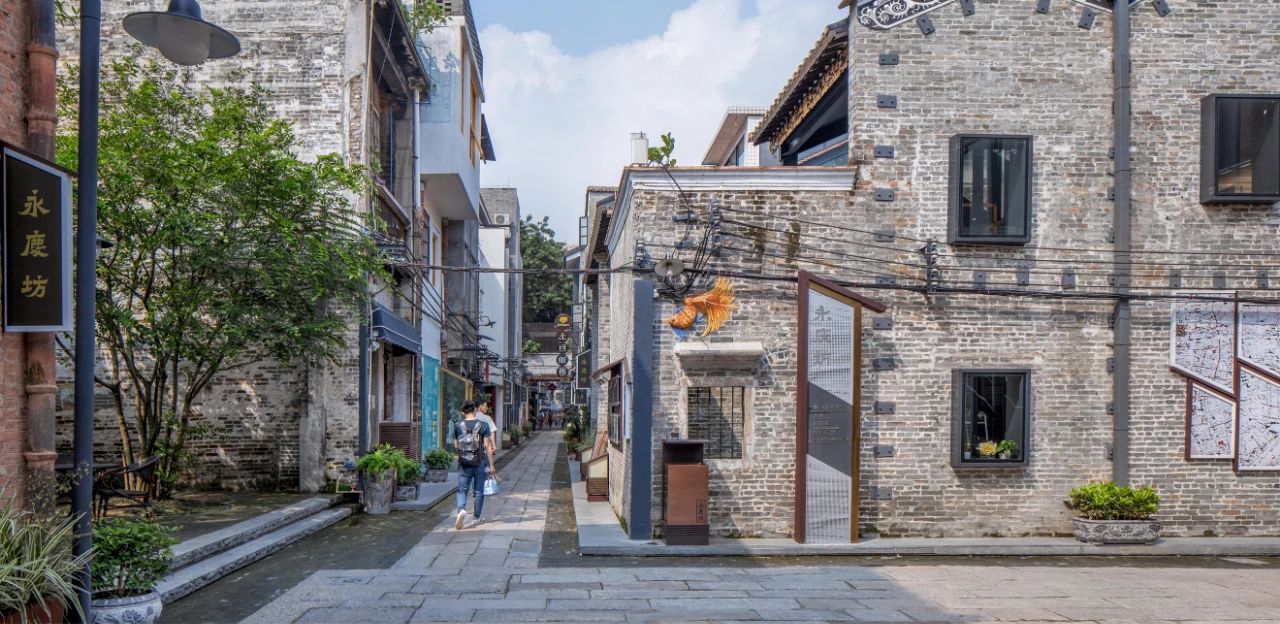
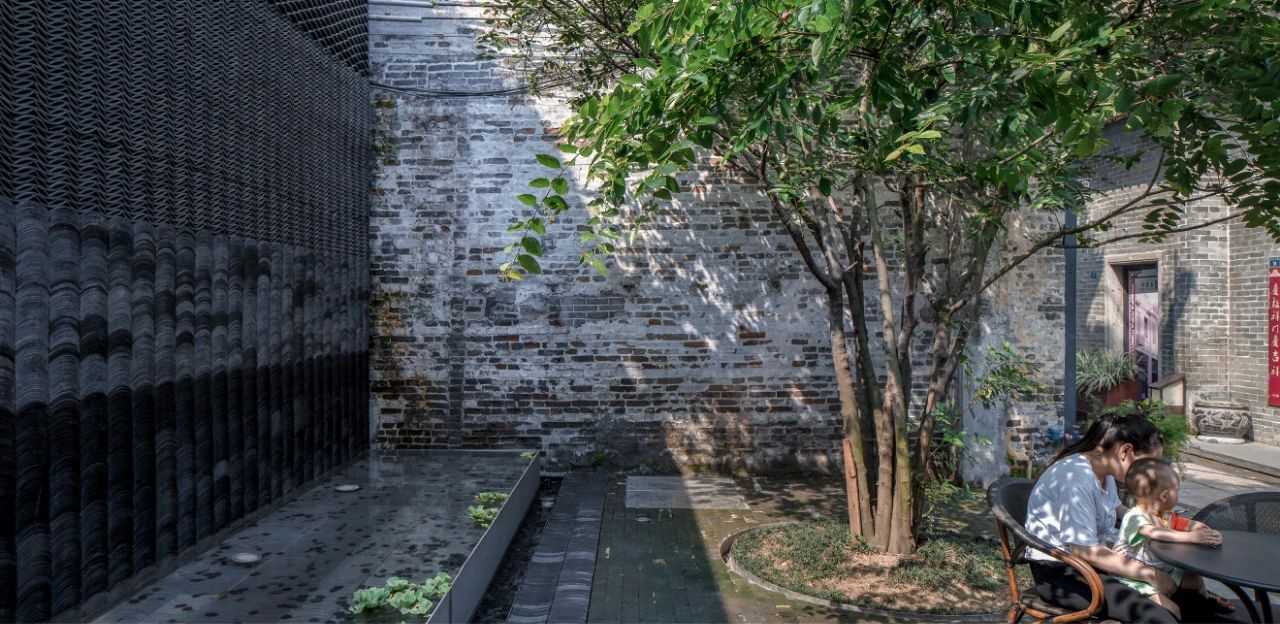
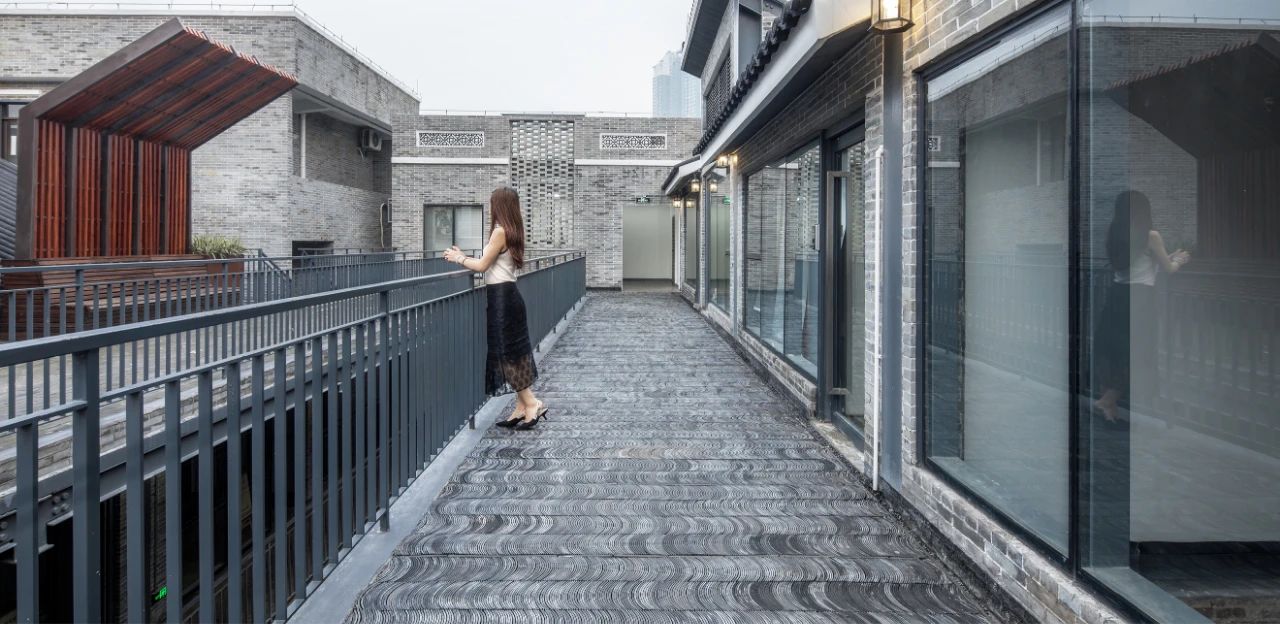

主创设计师
Lead Designers

李中伟|Zhongwei Li
Lab D+H创始合伙人,创意总监(上海),上海交通大学设计学院风景园林系实践导师,美国景观设计师学会会员
李中伟毕业于宾夕法尼亚大学并获得景观建筑和城市区域规划硕士学位。多年的先锋事务所的实践经历使中伟成为了坚实的城市主义实践者,并对城市的地脉肌理以及市井文脉有着持续的关注。中伟的景观项目因此大多位于城市的腹地,关注并致力于用公共空间的方法解决高发的城市问题。作为 Lab D+H 的联合创始人以及上海事务所的设计创意总监,近年来中伟领导的团队多次获得国际奖项如 2020 年 ASLA NATIONAL AWARD 的荣誉奖等。目前中伟同时担任上海交通大学设计学院风景园林系实践导师。
Co-Founder, Creative Director(Shanghai), ASLA, Shanghai Jiaotong University Teaching Fellow
Li received his master's degree in Landscape Architecture and Urban Regional Planning from the University of Pennsylvania. He is an urbanist with years of practical experience. Li engaged several landscape projects which are located in the hinterland of China. He focuses on and dedicated to solving high-incidence urban problems by creating public spaces. Li is the co-founder of Lab D+H and the creative director of the Shanghai office. His team has won many word-class awards such as the 2020 ASLA National Honor Awards in recent years. Zhongwei also has a teaching fellowship with Shanghai Jiaotong University.
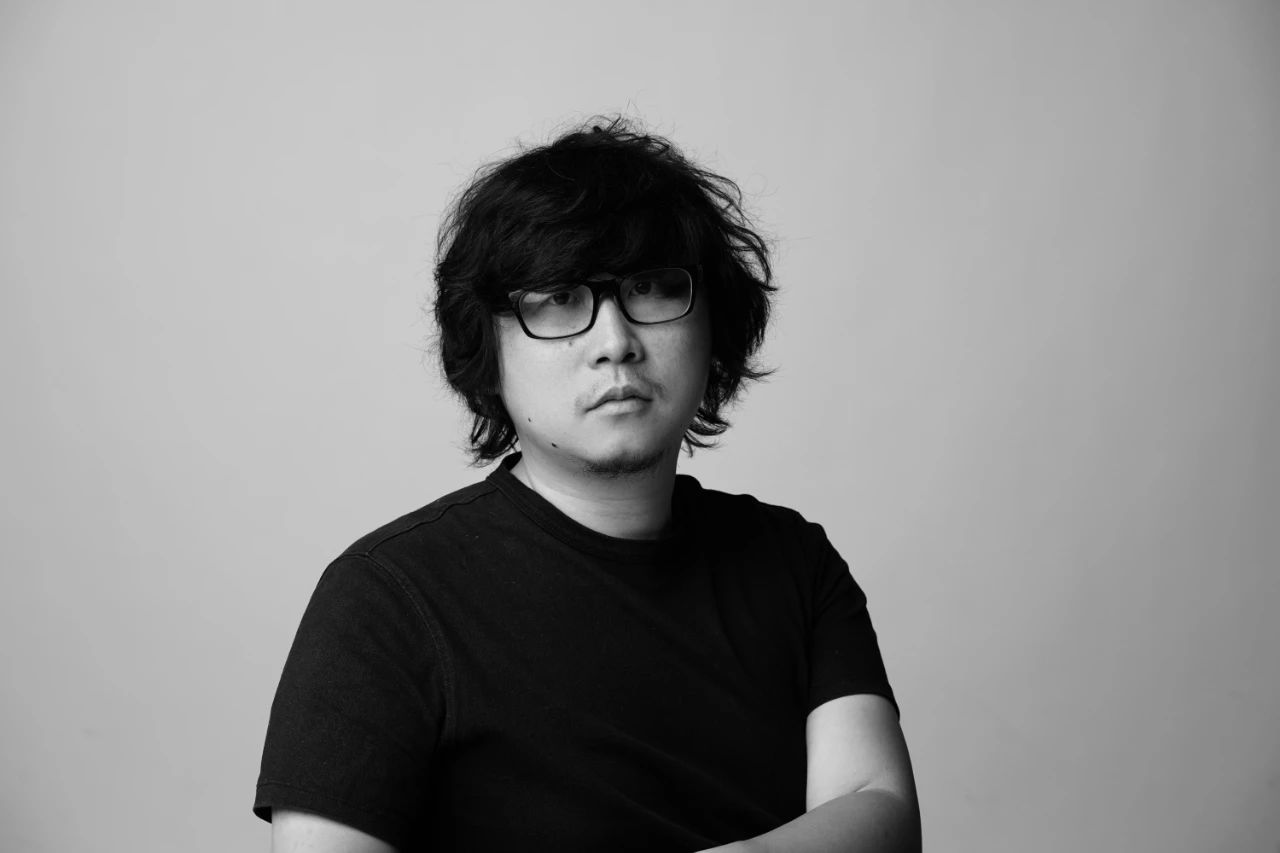
林楠|Nan Lin
合伙人,设计总监,上海工作室负责人
林楠作为事务所合伙人以及设计总监,主导、管理并打造了上海事务所从旧城更新、基础设施到城市综合体等一系列的城市地标项目并带领团队屡次获得世界级景观奖项,如 2020 年 ASLA NATIONAL AWARD 荣誉奖等。他相信优秀的景观来自于理智的分析并成功的将睿智的设计方法贯穿在概念设计到施工的每一个阶段之中。
Partner, Design Director/Shanghai Studio Managing Principal
Lin is the Partner and Design Director of Lab D+H, Shanghai office. He has led the Shanghai Office to accomplish several city landmarks projects, including urban renewal, infrastructure, and urban complex. He also led the team to win several world-class landscape awards such as the 2020 ASLA National Honor Awards. Lin believes that a comprehensive analysis contributes to an exceptional landscape design work. He is committed to making an inclusive design method throughout the whole process of conceptual design and construction.
获奖团队 Team
主创景观设计师:李中伟,林楠
Lead Landscape Designers: Zhongwei Li, Nan Lin
设计团队:林淼,崔荣埈,梁宗杰,钟惠城,朱宜嘉,蓝浩,张家茜,樊彧菲
Design Team: Miao Lin, Younjoon Choi, Zongjie Liang, Huicheng Zhong, Yijia Zhu, HaoLan, Jiaqian Zhang, Yufei Fan
客户:广州万科
Client: Guangzhou Vanke
广州万科团队: 程国炎(时任),李婷婷(时任),陈嘉健(时任)
Guangzhou Vanke Team: Guoyan Cheng, Tingting Li, Jiajian Chen
建筑团队:竖梁社,南沙原创
Architects: Atelier Cns, Nodeoffice
摄影师:存在建筑苏哲维,王左,吴嗣铭
Photographer: Archexist Zhewei Su, Zuo Wang, Siming Wu
项目介绍
Project Narrative
近年来,中国的城市发展建设已经从不断向外扩张开始转向城市内部改造更新。政府部门及地产开发商们重新审视拥有深厚历史文化底蕴的旧区重建工作。通过制定妥善的修葺及重建方案,完全可以在旧区孵化出全新的城市生活范儿,亦可为相关文旅、商业品牌的市场营销,乃至城市价值带来极大发展潜力。
Micro-transformation 微改造
广州恩宁路永庆坊是一个拥有百年历史的老街区,这一旧区改造的成功为城市内部更新提供了全新范本。永庆坊改造项目摒弃了自上而下、推倒重建的传统手法,取而代之以“微改造”的方式令旧街区摇身一变为一个集文、商、旅为一体的现代社区。得益于此种方法的采用,老街区原有的形制、肌理、空间环境被基本保留,它没有被湮没于时间的洪流,而是带着其特有的历史文脉融入了新的现代生活。
在改造实施之前,永庆坊已是危房林立,许多房屋甚至已遭遗弃。43栋征而未拆的房屋中,有30栋为“严重损坏”,有的已经倒塌。不仅如此,最初的拆除再建的改造方案曾遭到了剩余居民提出的反对,各方诉求有待调和。在这样的背景下,由荔湾区政府主导、万科集团中标的“微改造”方案成为这场博弈的最终出口。
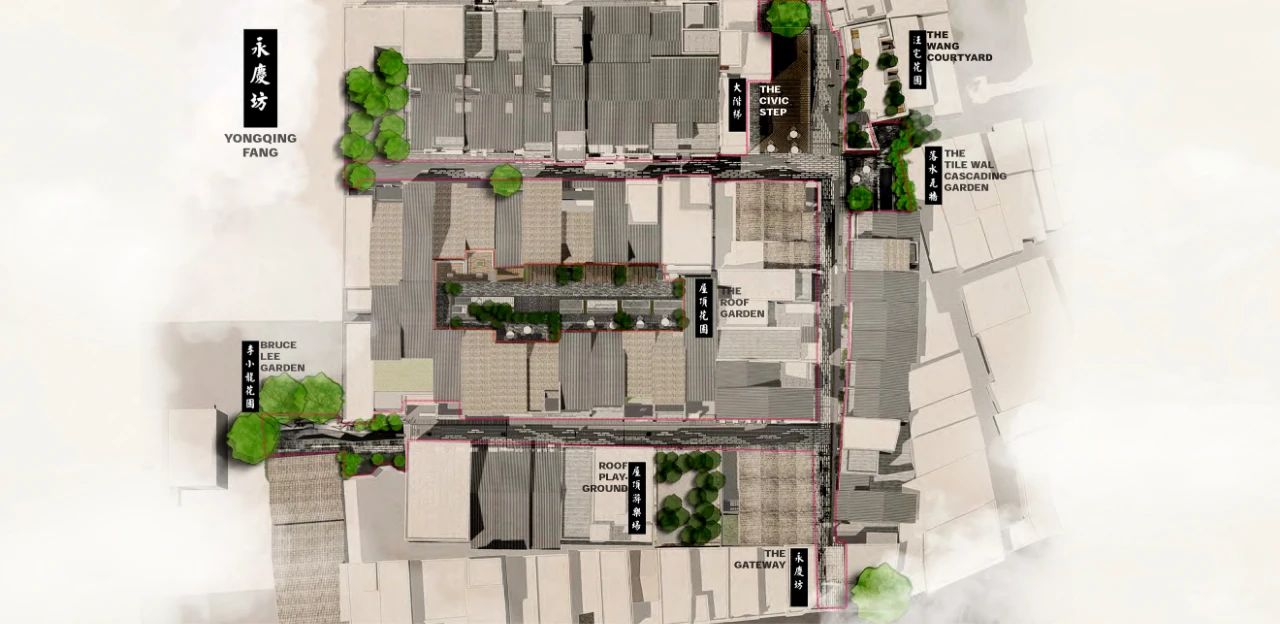

Rebuilding and new construction 改造与新建
项目开始之初,先彻底梳理所有现存建筑的结构稳固程度及现状,并深入调研其历史价值,由此整理成一份完整清单。经过相关单位深入讨论,最后决定对所有建筑进行以下五种不同程度的改造:修复、外立面重新设计、结构加固、部分重建、新建,针对每一栋建筑的自身情况量身定制不同的改造方案。这样的改造定级标准的设立,为今后的“微改造”提供了标准和基础。各方专家与施工人员密切合作,严格按此执行实施。这种“因地制宜、对症下药”而非“一刀切”的改造方式,从一开始就奠定了尊重肌理、包容各类建筑风格的基调,并为今后的新旧融合的改造效果提供了扎实的基础。

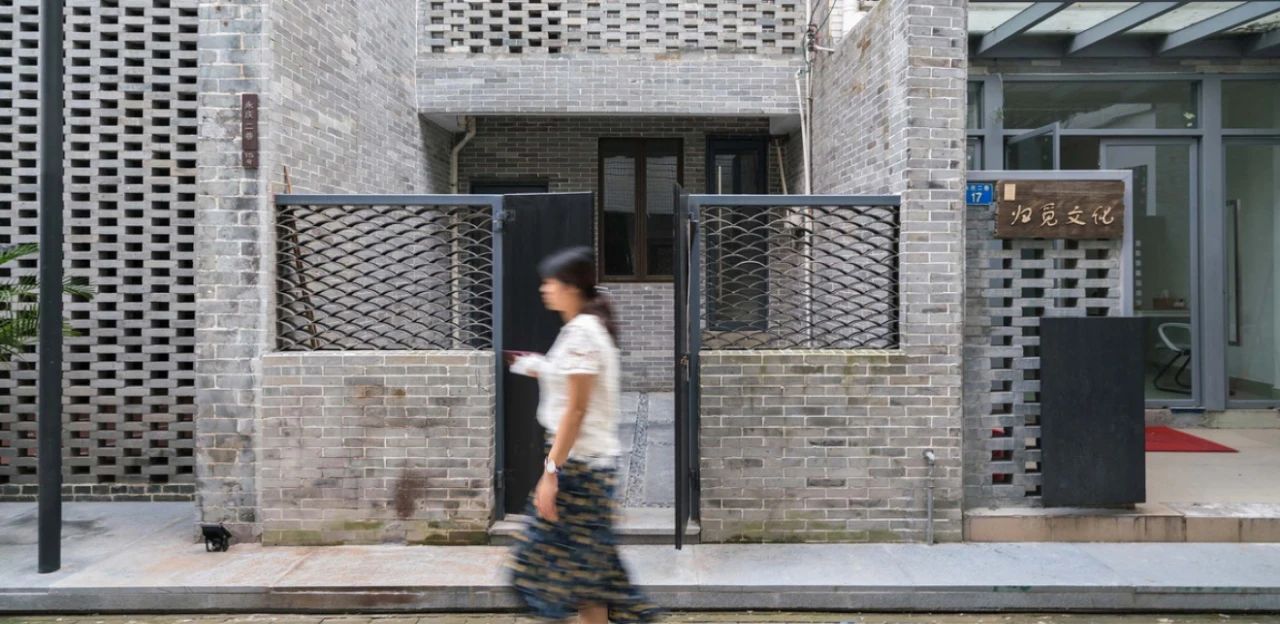
Modernity and identity 现代性与身份认同
改造项目进行到后期,公共空间的改造成为点睛之笔,Lab D+H负责该项工作。他们也将焦点放在最大限度尊重历史文脉上,与此同时,在旧区植入全新的空间形态、创造出丰富的空间体验。与大刀阔斧改造,且发挥余地很大的项目类型不同,本次微改造的永庆坊项目,在还原历史生活场景,体现深厚文化背景的同时,还要在审美层面对其进行统一和串联。为不同人群、不同年龄居民提供一处既可共同使用,又能舒适融洽相处的空间成为关键。
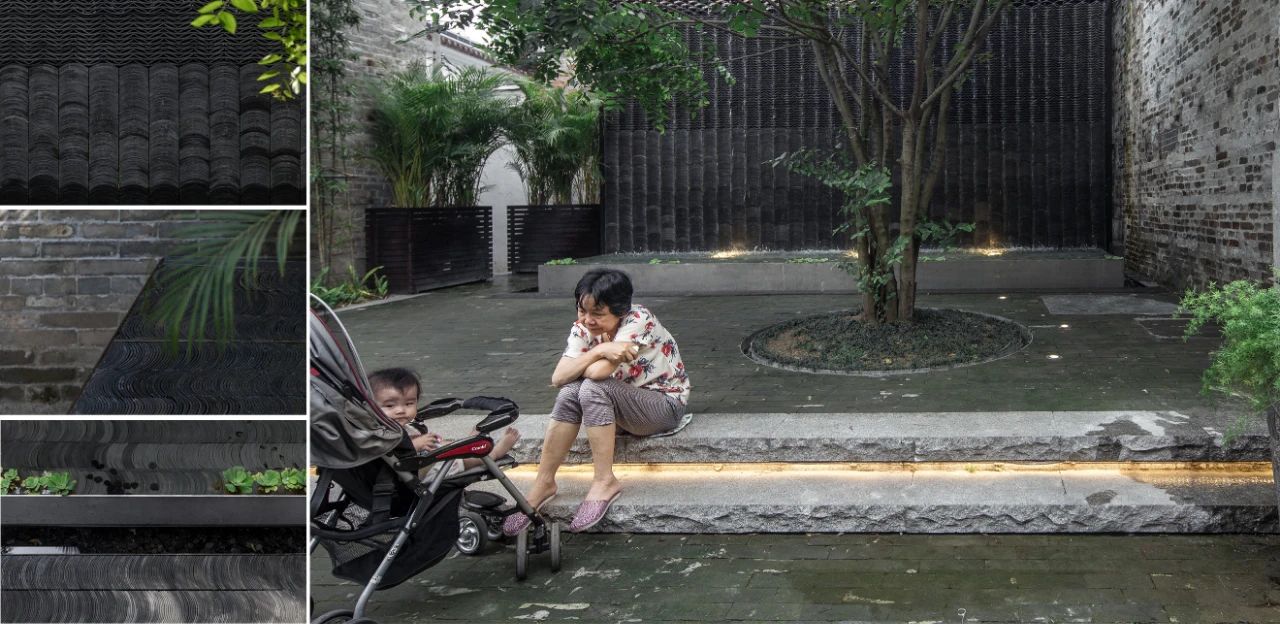


In recent years, China’s urban development practice has started shifting its focus from city expansion towards inner-city renewal. City governments and planners are rediscovering the potential of historic city quarters as incubators for new urban life and highly valuable differentiators for city branding and marketing.
Micro-transformation
The urban renewal of Yongqing Fang, a quarter in the old town of Guangzhou, has set a new benchmark as a showcase example for a different approach towards inner-city rejuvenation. Leaving behind the explored avenues of top-down streamlined restoration of traditional quarters into solely leisure- and commerce-centered historic districts, frozen in time and devoid of everyday life, the new model instead opts for micro-transformation. It aims to combine tradition with modernity.
At the start of the renovation, Yonqing Fang was in a rather hazardous state. Most of the dwellings had been abandoned. Only 43 buildings were still intact, 30 seriously damaged and some had already collapsed. Furthermore, the prospect of urban regeneration was met with great skepticism and apprehension by the remaining residents. Hence VANKE Real Estate Development, in collaboration with local stakeholders, initiated the strategy of micro-transformation.
Rebuilding and new construction
In a first step, all remaining buildings were thoroughly surveyed regarding structural soundness, recent condition and historic value. An overall inventory was established and intensively discussed with all stakeholders involved, leading to a final classification of all buildings into five different renovation categories applied on site: restoration, façade redesign, structural reinforcement, partial rebuilding and new construction. This classification provided the base for a micro-renovation approach: a catalog of case-by-case measures, carefully executed in collaboration with local restoration specialists and construction teams. Instead of uniform measures, an organic approach towards -re-newal was taken, which from the start accepted the coexistence of a wide array of different building types and styles next to each other and combined restoration with the injection of a new urban program.
Modernity and identity
As a last layer, the public realm was renovated. Lab D&H led the landscape design effort. Here too the focus was placed on a modernity anchored in the respect of the identity of place. Different from the architectural renovation that was enriched by and profited from the variety in styles, the renovation of the public realm faced the challenge to provide aesthetic unity to the site and at the same time create a suitable and comfortable background for all users and activities.
素材来源:上海交大设计学院风景园林系、Lab D+H 公众号